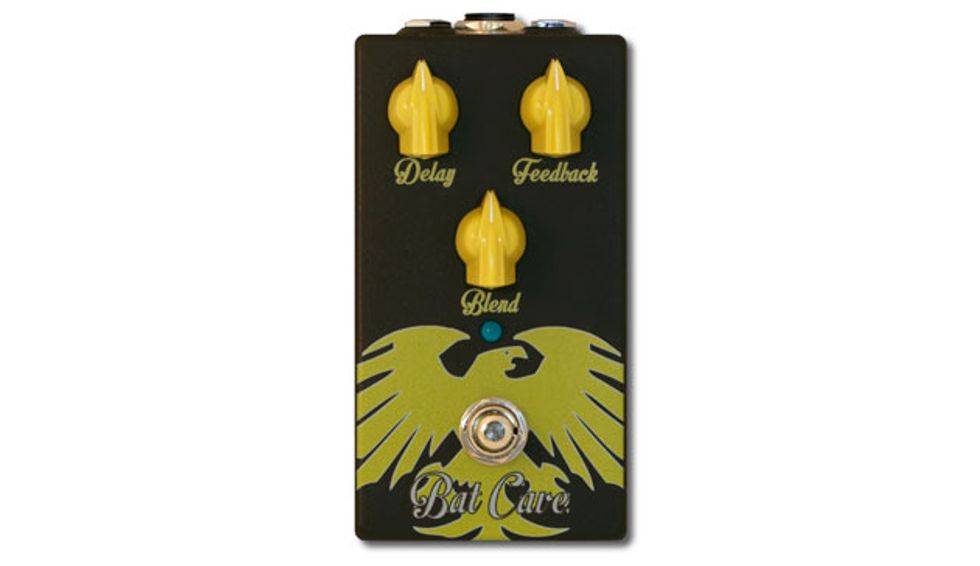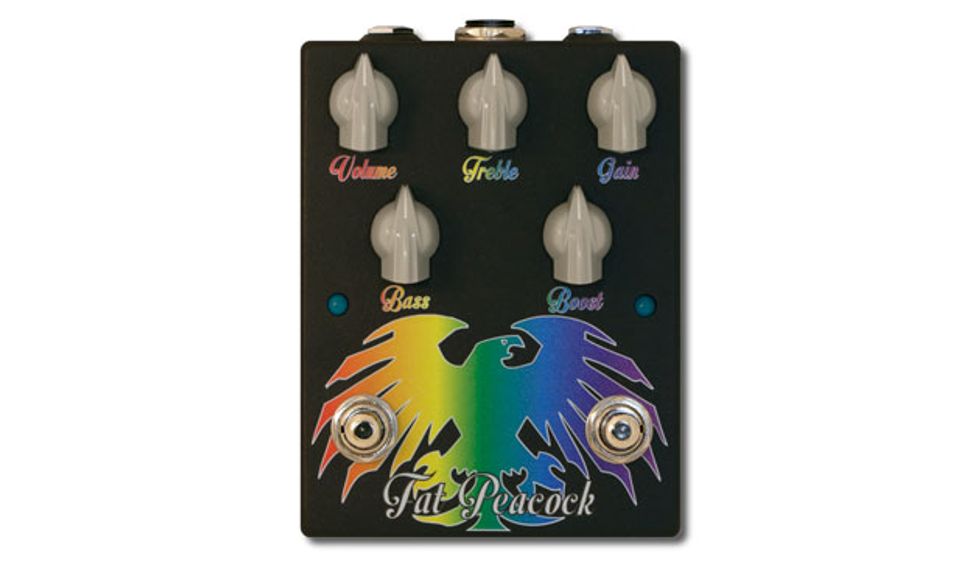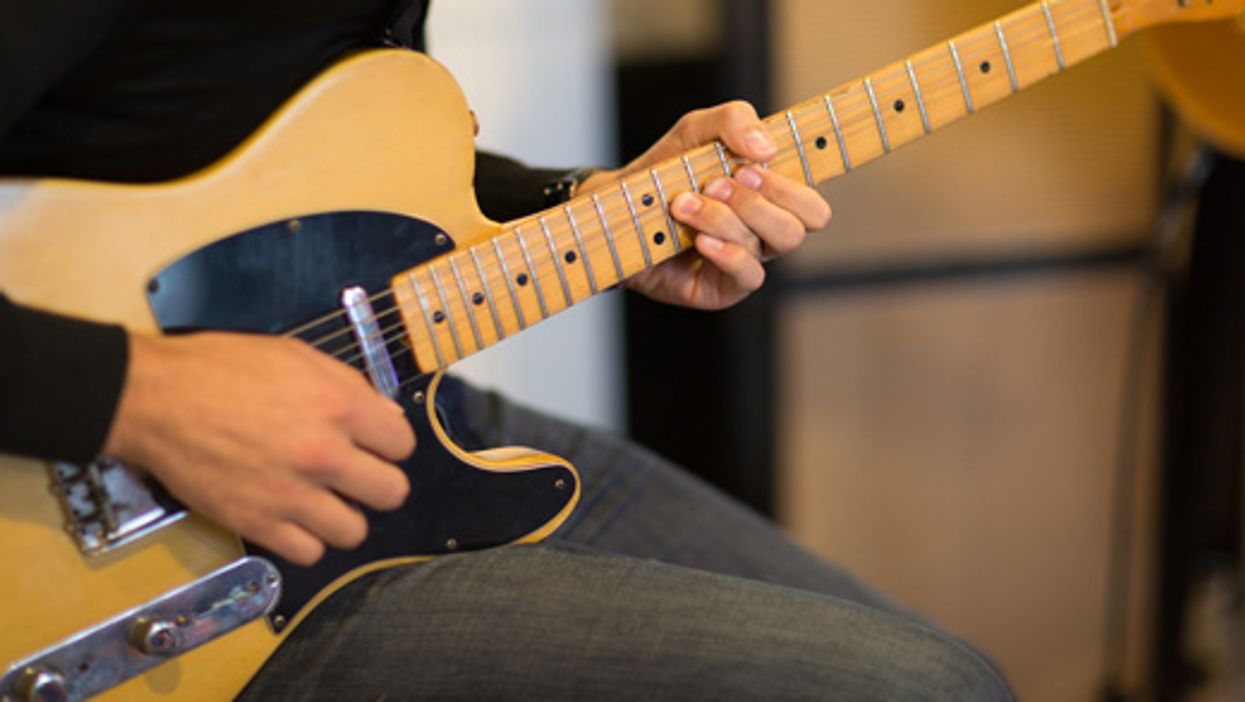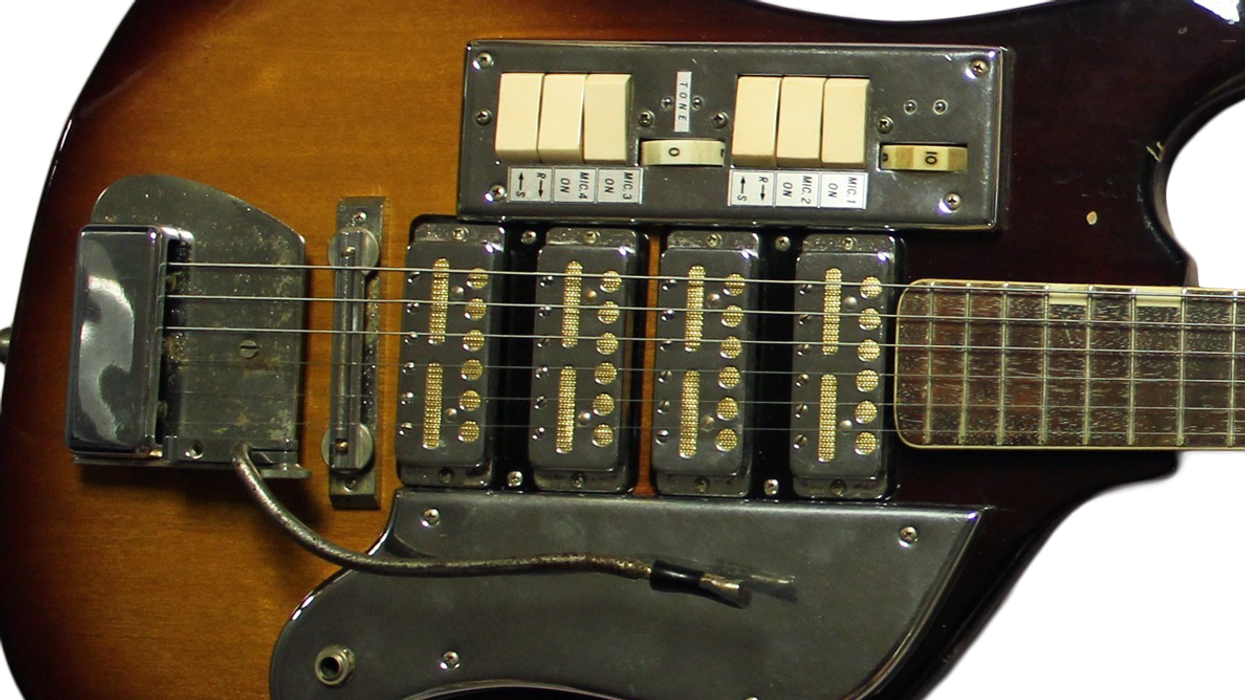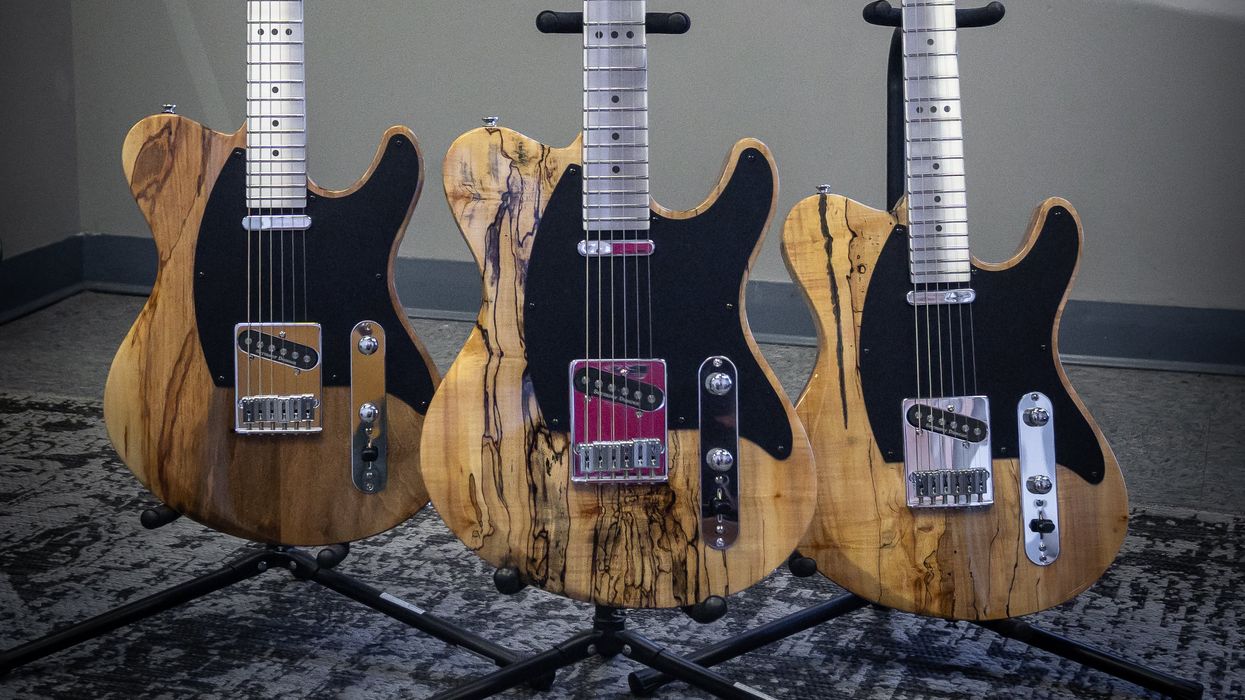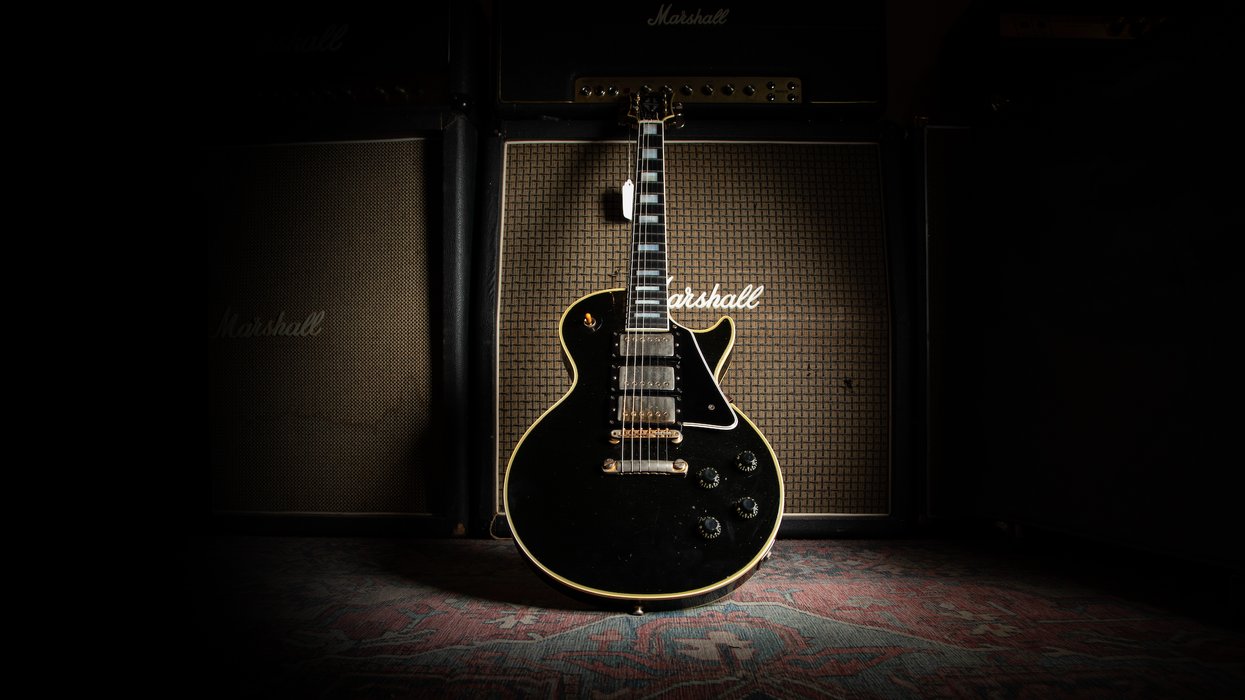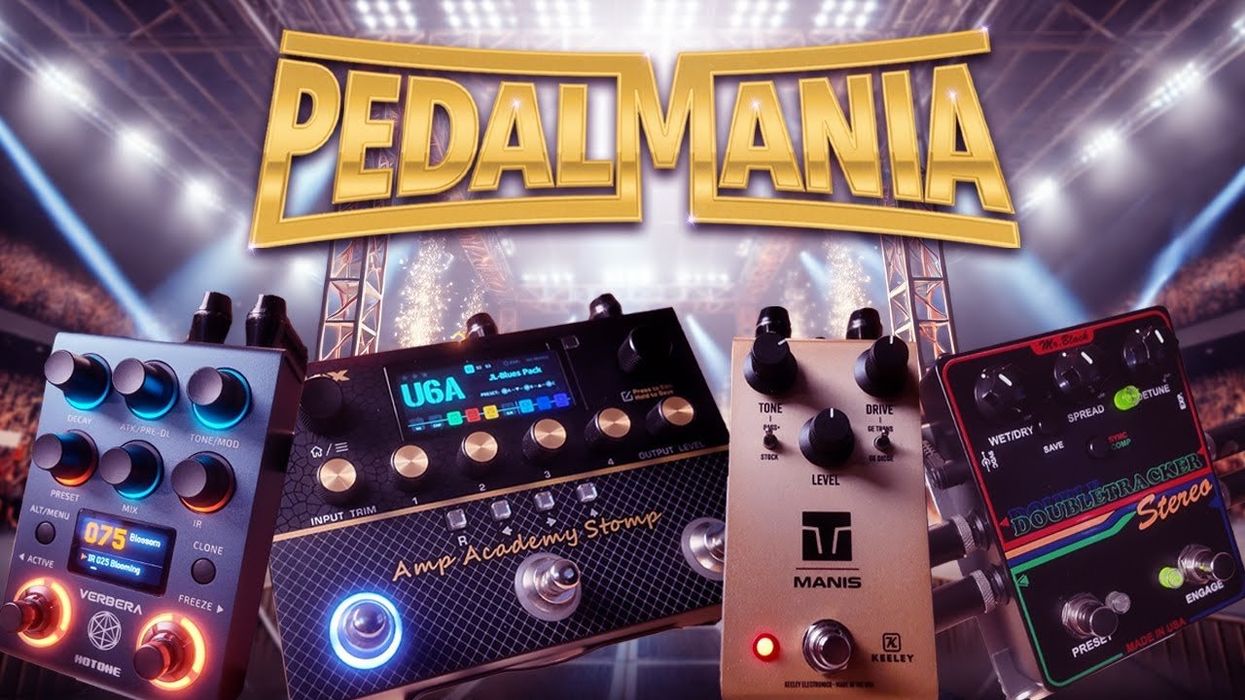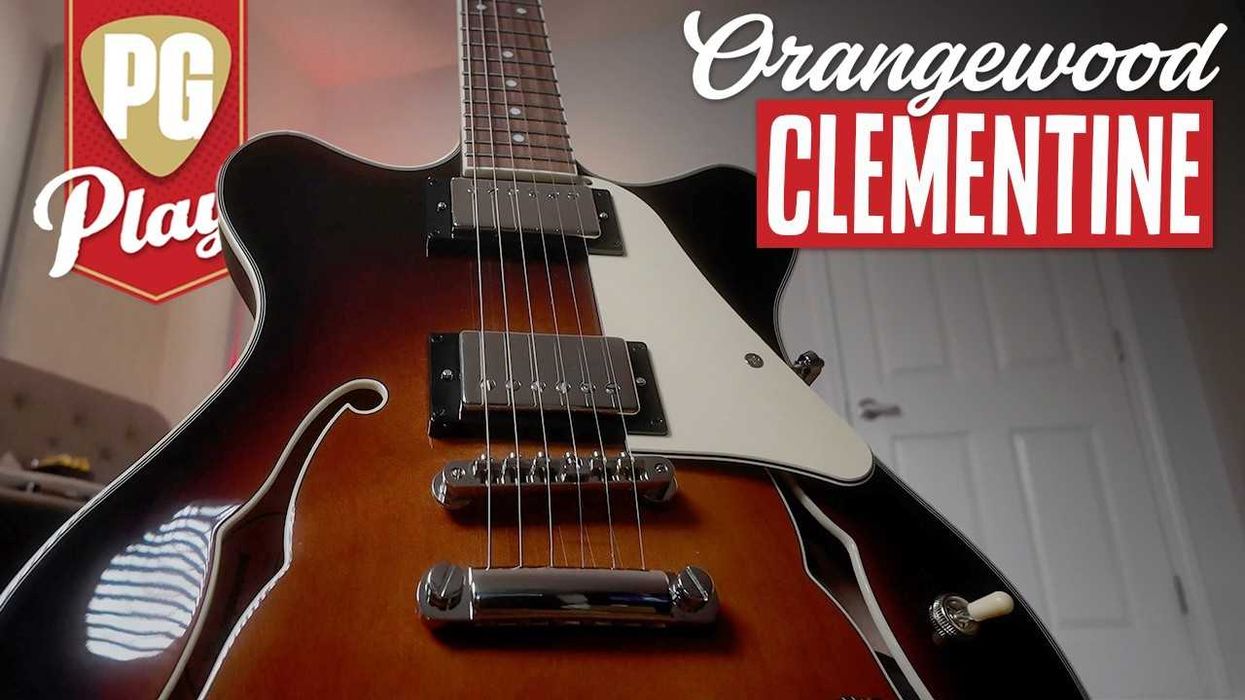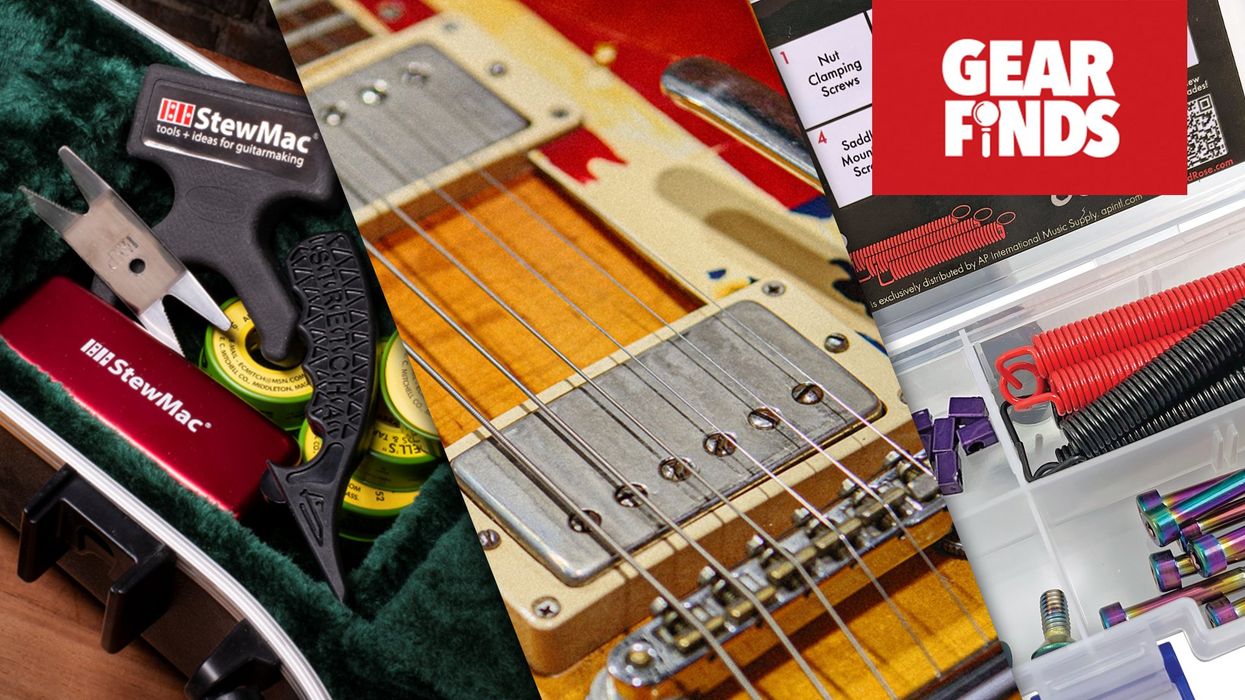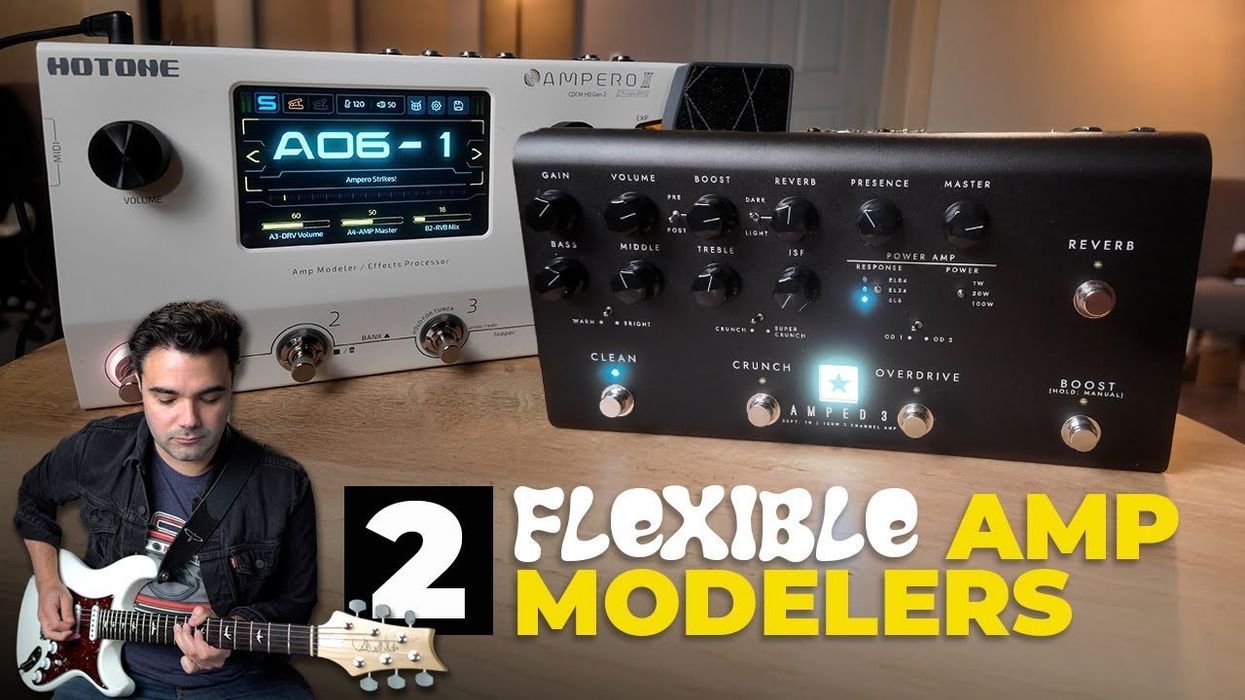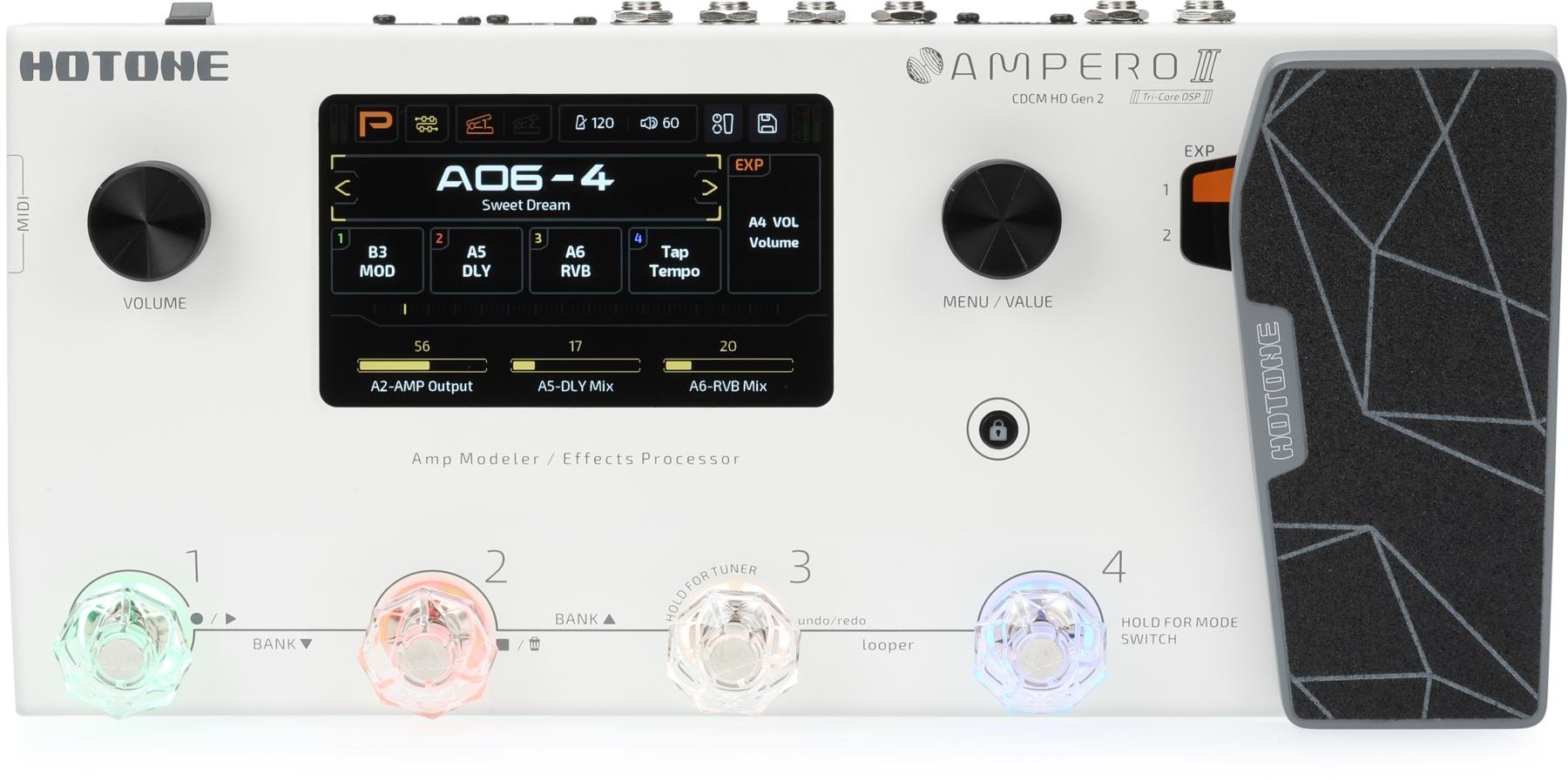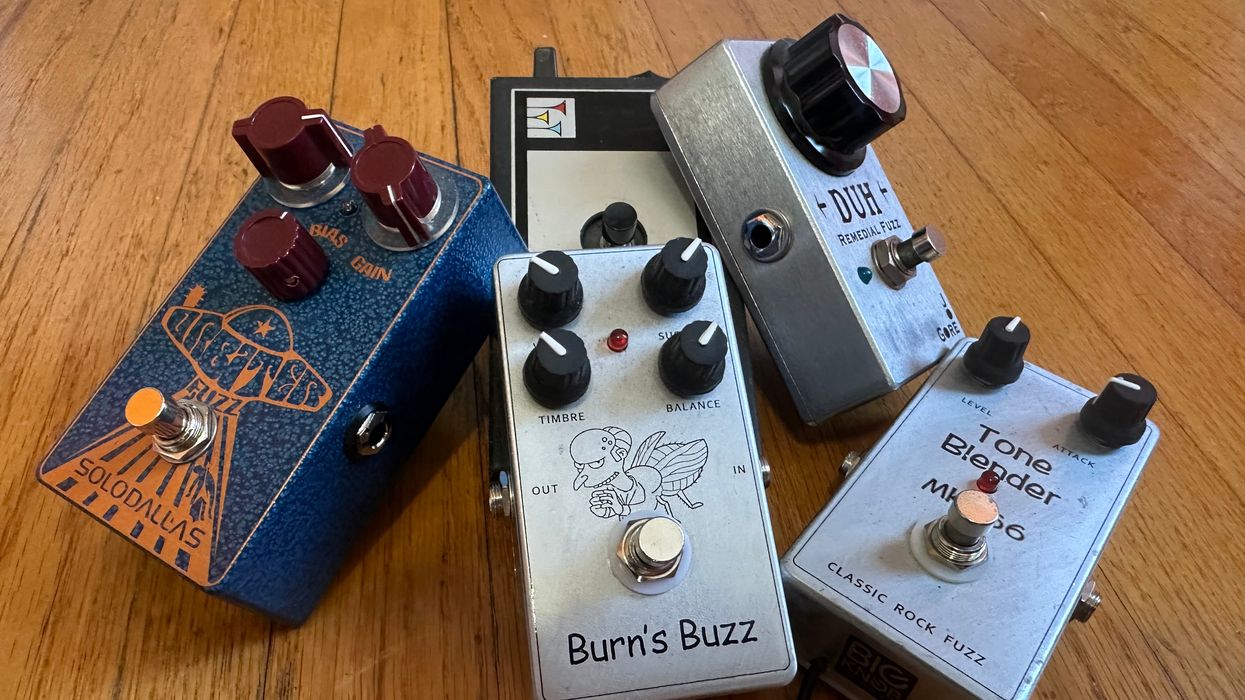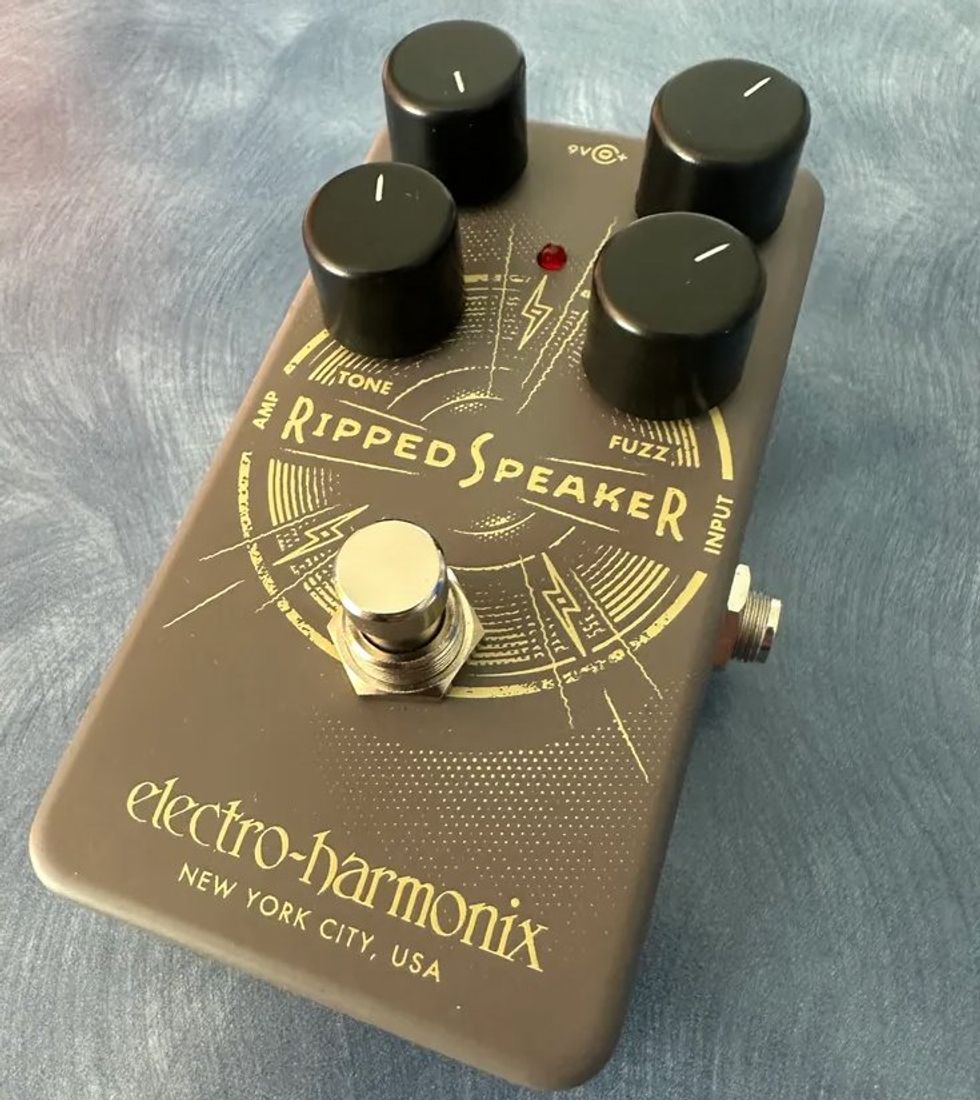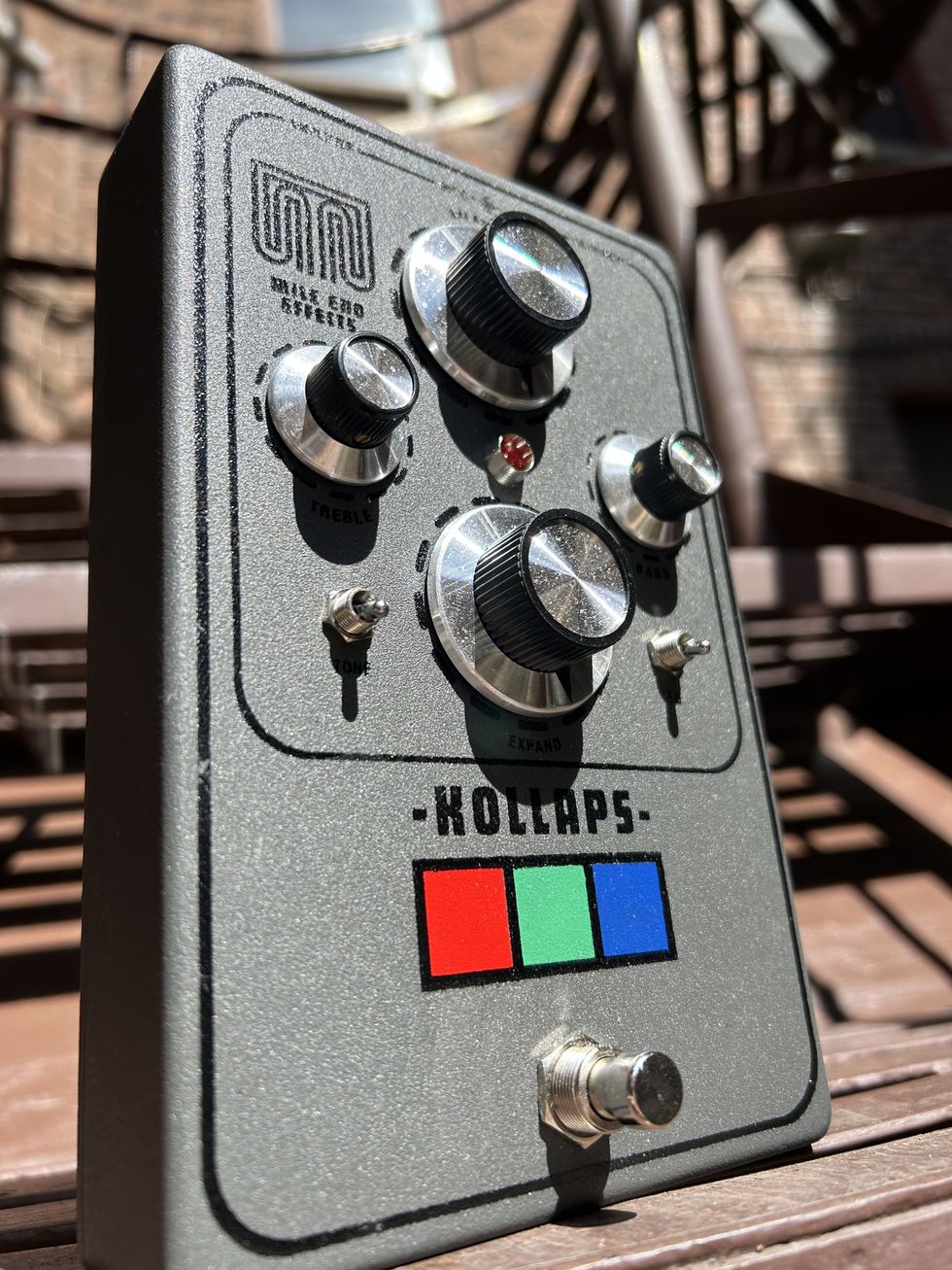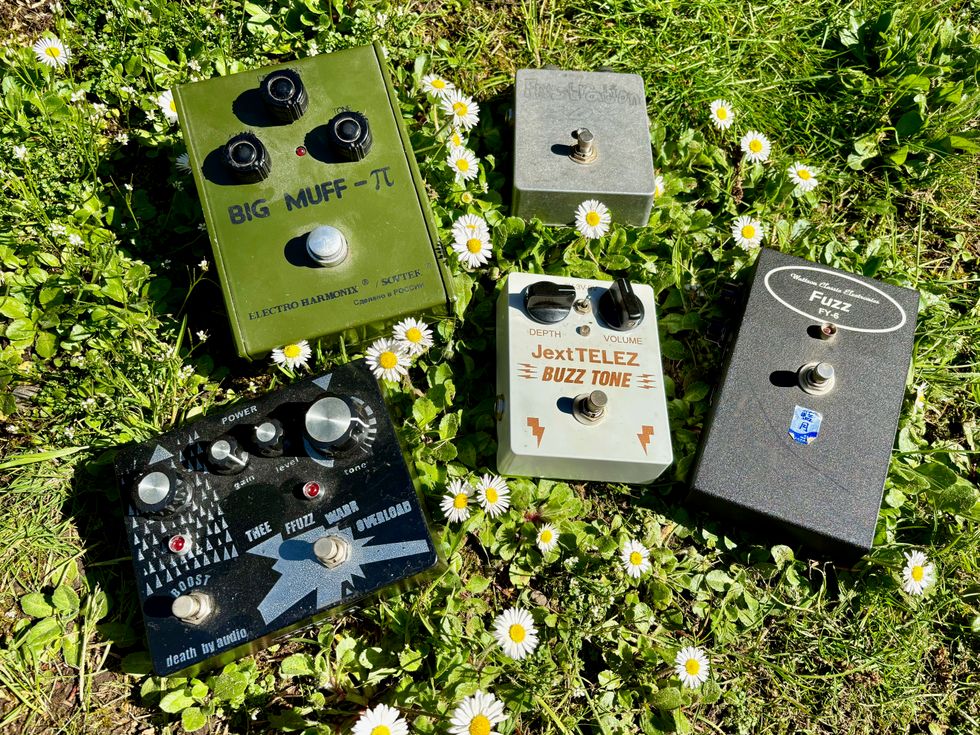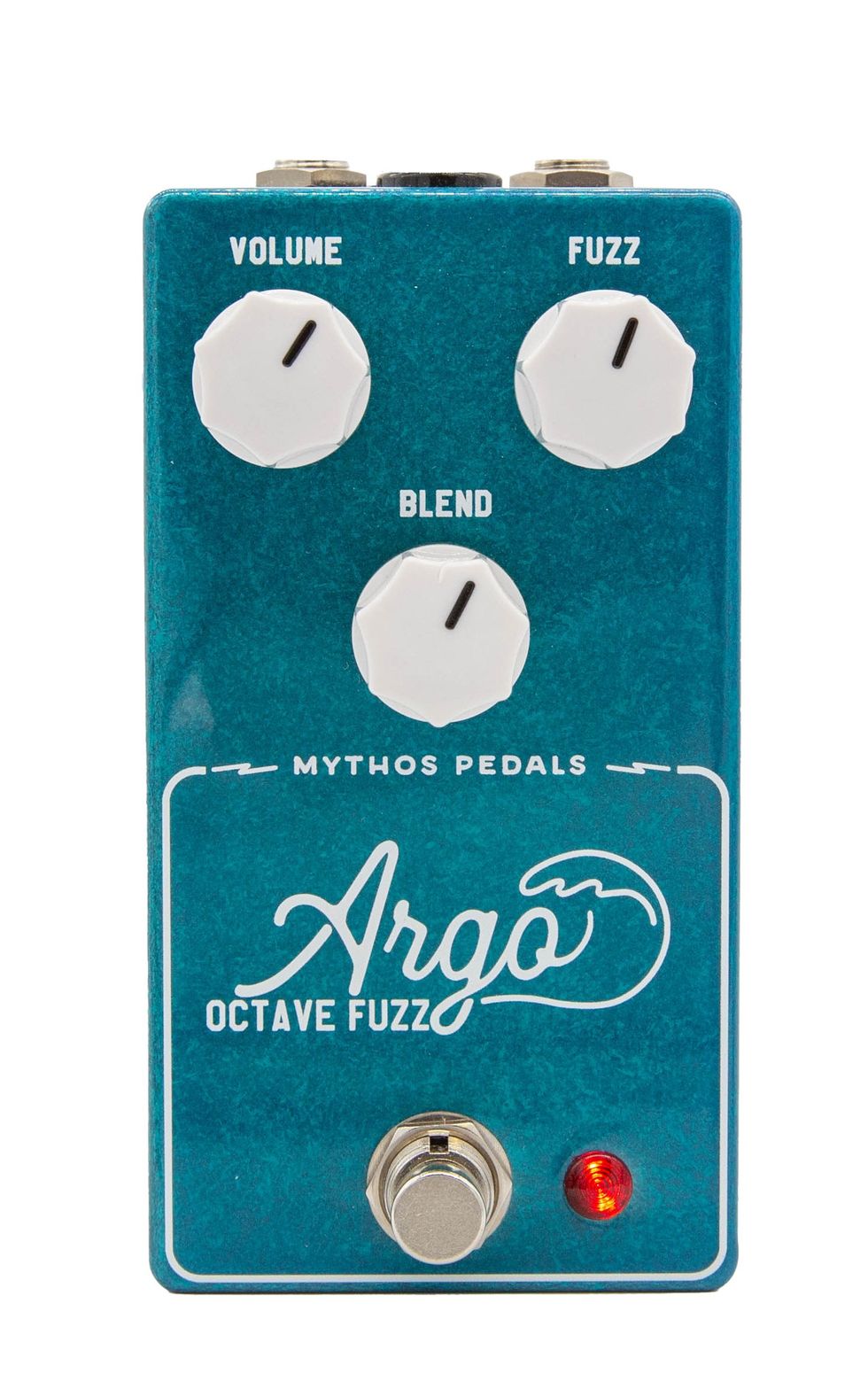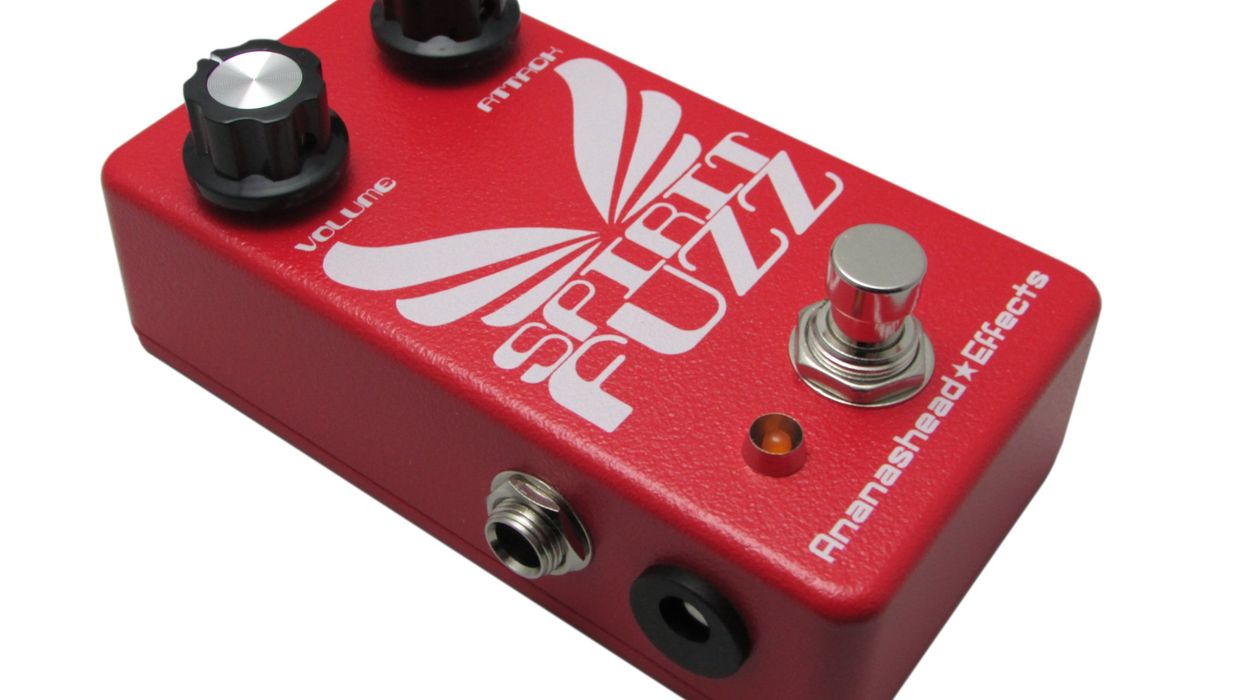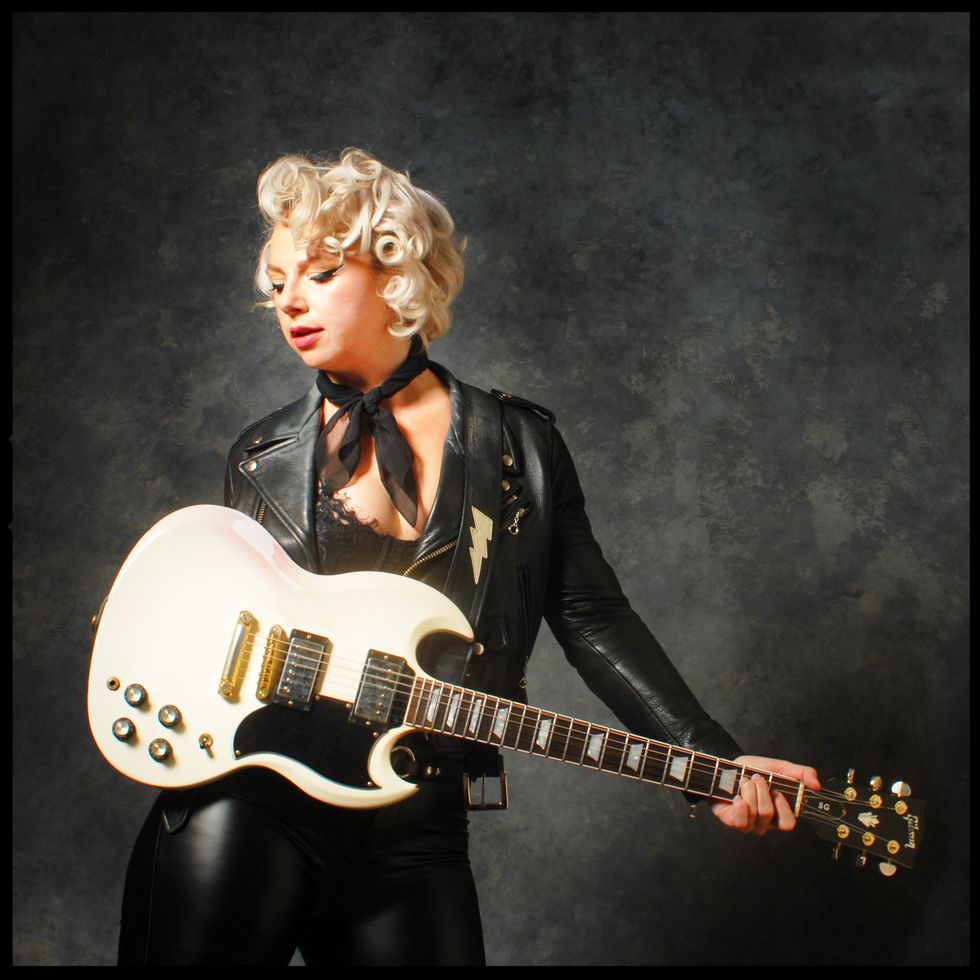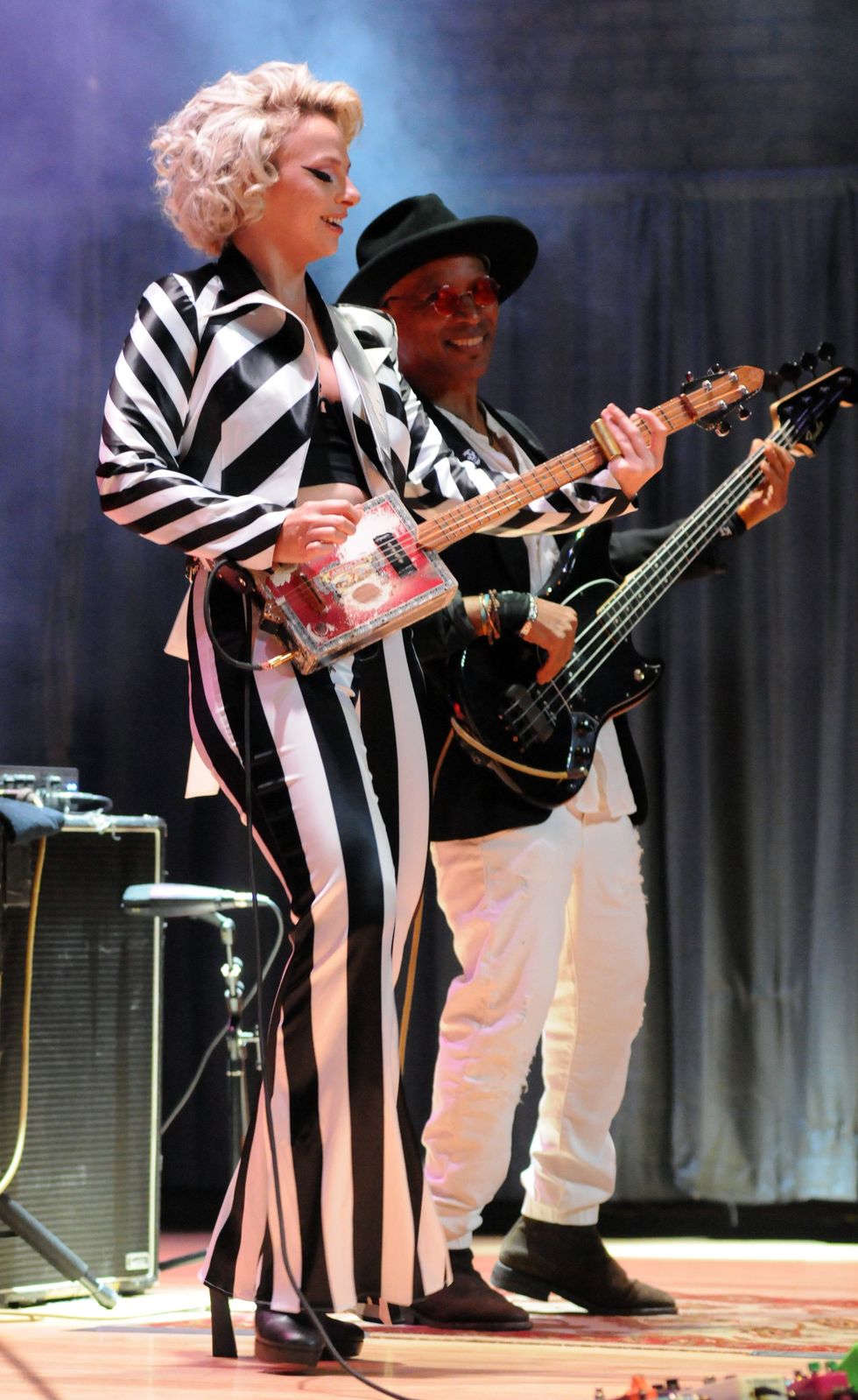Orange County, CA (September 6, 2017) -- AJ Peat has unveiled the company’s new delay design, the Batcave. The Batcave is a delay pedal specializing in a variety of vintage-inspired echo and delay effects.
Bat Cave Delay features:
- Wide palette of high-fidelity, vintage-inspired delay effects
- Delay length, feedback, and blend controls
- Fully analog with true bypass
- Standard 9V power supply only (no internal battery connection)
- Made in USA
$159 MAP/Retail, $159 Street price.
AJ Peat has unveiled the company’s newest original overdrive design, the Fat Peacock. The Fat Peacock is a British-voiced, high-gain pedal with an integral boost circuit to enable a players’ soloing to stand out.
Fat Peacock features include:
- Versatile British voicing
- Preset level boost footswitch with indicator LED
- Volume, treble, gain, bass, and boost controls
- Fully analog and true bypass
- 9V power supply only (no internal battery connection)
- Made in USA
$179 MAP/Retail, $179 Street price.
Watch the company's video demo:
For more information:
AJ Peat
